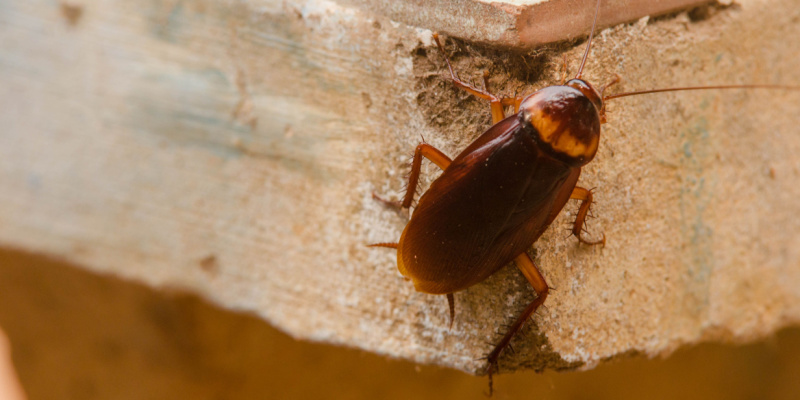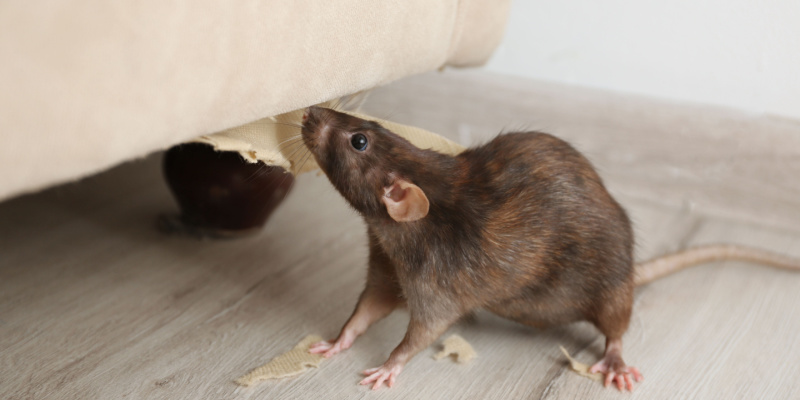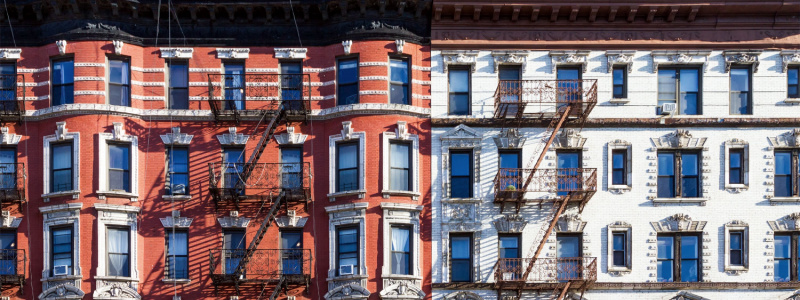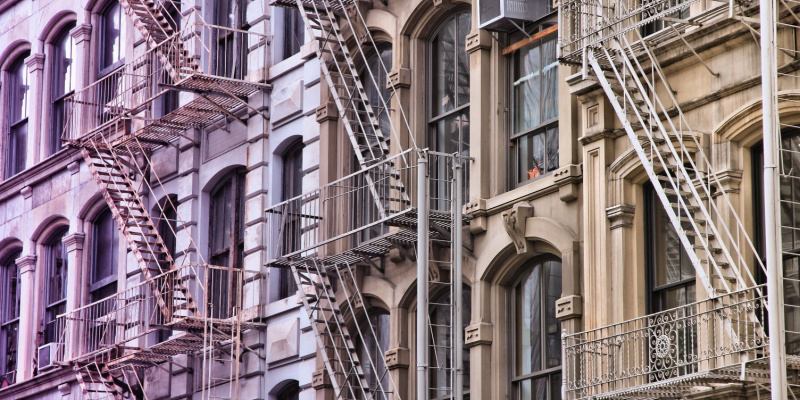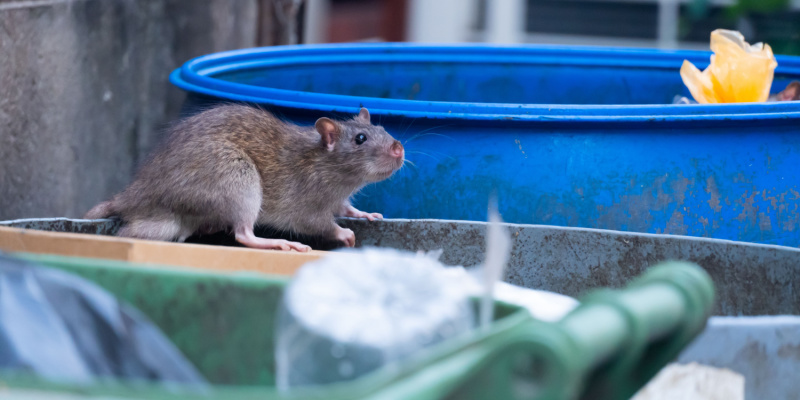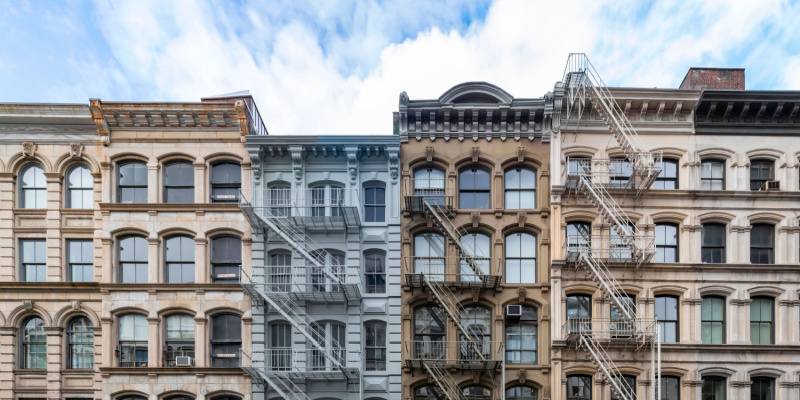Ensuring a Pest-Free Environment in New York City’s Residential Complexes
In the bustling heart of New York City, apartment buildings face unique challenges in maintaining a pest-free environment. Systematic Pest Elimination specializes in providing top-tier pest control services exclusively for commercial clients such as apartment owners and property managers. Our focus is on comprehensive strategies that ensure the well-being of tenants and the integrity of your property.
The Importance of Professional Pest Control in Apartment Complexes
The dense population and close quarters of NYC apartment buildings create ideal conditions for pests to thrive. From roaches and rats to bed bugs and more, these unwanted guests can quickly turn into large-scale infestations, posing health risks and impacting the quality of life for residents. Professional pest control is not just a necessity; it’s a crucial aspect of building management.
Our Comprehensive Pest Control Services
At Systematic Pest Elimination, we offer a wide range of services tailored to the needs of NYC apartment buildings:
1. Detailed Inspections and Assessments
Our team conducts thorough inspections to identify current pest problems and potential risks. This includes assessing common areas, individual units, and external factors contributing to pest issues.
2. Customized Treatment Plans
Understanding that each building has unique needs, we develop customized treatment plans. This may include:
- Targeted Treatments: Specific strategies for different types of pests, utilizing the most effective and safe methods.
- Integrated Pest Management (IPM): A holistic approach focusing on prevention, education, and minimal use of chemicals.
- Regular Maintenance and Follow-Up: Ongoing services to ensure long-term pest control and prevention.
3. Emergency Response Services
For sudden infestations or urgent pest problems, we offer rapid response services to quickly and effectively address the issue.
The Systematic Pest Elimination Advantage
Choosing Systematic Pest Elimination means partnering with a team dedicated to the highest standards of pest control:
- Expert Knowledge
Our technicians are trained in the latest pest control techniques and understand the specific challenges faced by NYC apartment buildings.
- Custom Solutions
We recognize the uniqueness of each property and tailor our services accordingly.
- Safety and Compliance
Adherence to safety standards and regulations is paramount in our operations.
- Transparent Communication
We keep property managers informed throughout the process, ensuring clarity and cooperation.
Educational Support and Tenant Cooperation
An essential part of effective pest control is education and cooperation from tenants. We provide guidance and support to help residents contribute to a pest-free environment, including:
- Proper Sanitation Practices
Recommendations on waste management, food storage, and general cleanliness.
- Preventive Measures
Tips on avoiding common pest attractants and identifying early signs of infestation.
- Tenant Communication
Assistance in educating tenants about their role in pest prevention and control.
Why Partner with Systematic Pest Elimination?
1. Local Expertise
With years of experience in New York City, we understand the unique pest challenges faced by apartment buildings in this urban environment.
2. Comprehensive Services
From initial assessment to ongoing maintenance, we provide a full range of pest control services.
3. Commitment to Excellence
Our goal is to ensure your property remains a safe, healthy, and desirable place to live.
Take the Next Step
For apartment owners and managers in New York City, partnering with Systematic Pest Elimination is a proactive step towards maintaining a pest-free environment. Contact us today to schedule an inspection and begin a partnership that prioritizes the health and comfort of your residents and the integrity of your property.



